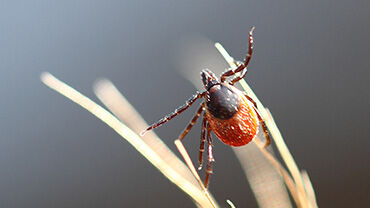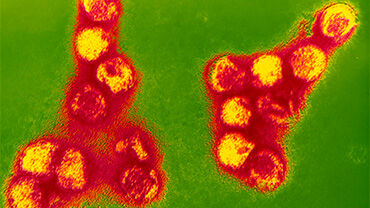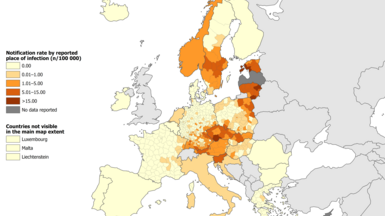Tick-borne encephalitis (TBE) in Europe: new maps published
New maps published by ECDC show that hotspots for tick-borne encephalitis (TBE) in the EU are mainly concentrated in Central, Eastern, and Northern Europe, based on 2023 notification rates of locally-acquired cases.
With the arrival of warmer weather, tick season has now begun across much of Europe. Ticks are typically active from spring to autumn, especially in forested or grassy areas.
New maps published by ECDC show that hotspots for tick-borne encephalitis (TBE) in the EU are mainly concentrated in Central, Eastern, and Northern Europe, based on 2023 notification rates of locally-acquired cases.
TBE is a vaccine-preventable disease that affects the central nervous system. While the virus is already present in many European countries, several regions have recently reported their first human TBE cases or noted an increase in infections.
The virus primarily circulates among ticks and small mammals. Humans and other larger animals can become infected through the bites of infected ticks.
A vaccine to prevent TBE is available and is an effective means of prevention. In addition, taking personal protective measures – such as wearing long clothing, using tick repellent, avoiding tick-infested areas, and promptly removing any ticks from the skin – can significantly reduce the risk of infection.
View the maps
Locally-acquired tick-borne encephalitis cases
Notification rates of locally-acquired confirmed tick-borne encephalitis (TBE) cases by NUTS region. These visualisations aim to inform public health authorities and EU/EEA citizens about the regional risk of TBE.







